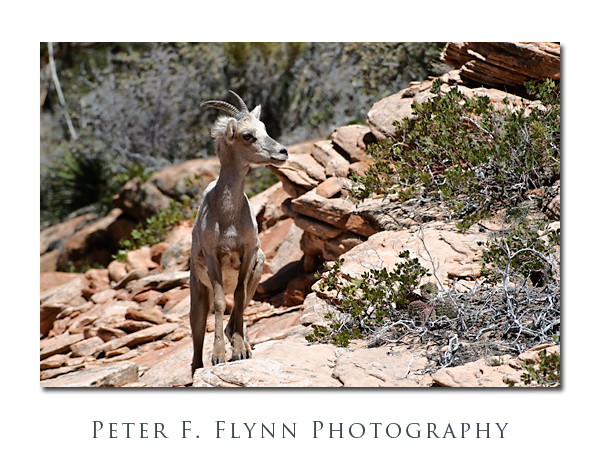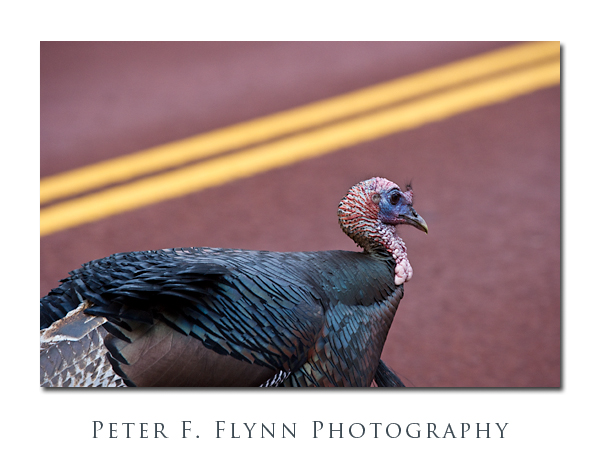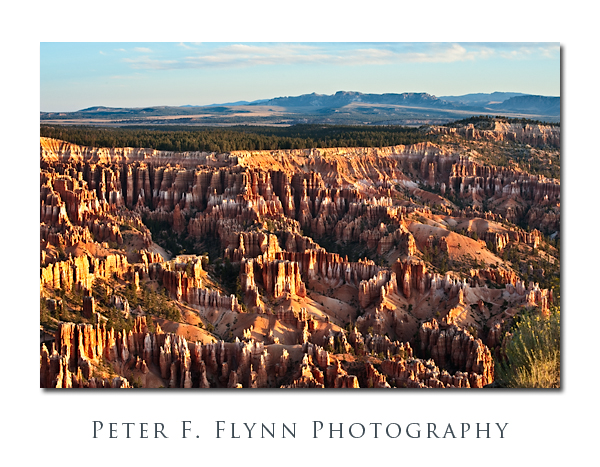Desert Bighorn Sheep are a common sight along the Zion-Mount Carmel Highway in the eastern side of Zion National Park. I believe it is because most of the better browse lies more or less near to the road – not that I eat much of it myself – but the Sheep do seem to favor the green bits emerging from the Gambel Oak that is abundant along the roadside.
Desert Bighorn are approximately half the size of their Rocky Mountain cousins, but they are nevertheless a noble breed, and quite fascinating to watch. An excellent document summarizing the management history of Utah Desert Bighorns, compiled by the Utah Division of Wildlife Resources, is available here.
The image above was recorded on March 27, 2010, at 14:00 MDT using the Nikon D300, the AF-S VR Zoom-NIKKOR 200-400mm f/4G IF-ED lens at 400mm, *and* the new AF-S Teleconverter TC-20E III. Add that all up, Dear Friends, and you have 1200mm effective. Exposure was f/8 and 1/1600s, ISO at 800. This is not a stable setup focusing-wise, and even in the bright early afternoon light the yield of usable images is not great. Still, until Nikon puts a few more 600mm f/4 lenses on the market, it’s a reasonable workaround for big game photography. If you are cruising in the early morning you will have to keep a keen eye out to spot them, but by 10 am or so the cars stopped in front of you will alert you to their presence.
The HP thinks that the young Desert Bighorn shown above has a fanciful, kinda Unicorn-like appearance, a Desert Unicorn! BTW, the HP is an awesome sheep-spotter…unicorn-spotter…whatever…
Copyright 2010 Peter F. Flynn. No usage permitted without prior written consent. All rights reserved.


